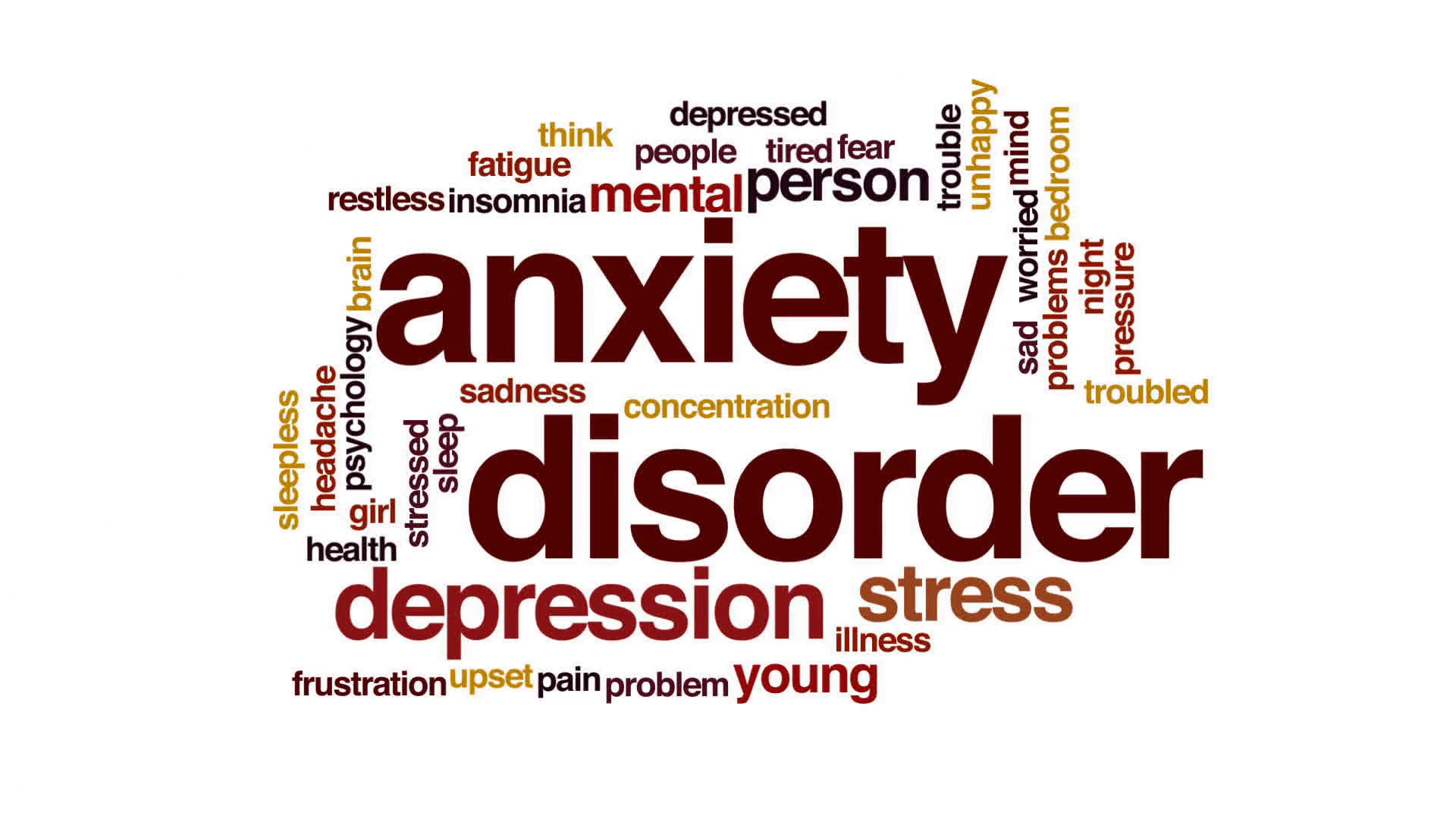Endocannabinoid
THE ENDOCANNABINOID SYSTEM
Body Systems involved in the Endocannabinoid System
People have been using cannabis as a medicinal herb for thousands of years despite its long history of use. Regardless of the cultural wisdom that has accumulated around its use medicinally, our understanding of its effects on the body has only really developed very recently.
In the mid-1960s Israeli scientist, Dr Rafael McCollum discovered THC. This is the main psychoactive constituent in cannabis, and at that point science really just began to scratch the surface. Cannabis works with the human body and mind and the enormous number of potential health benefits that it possesses.
THC was identified isolated and tested alongside numerous other cannabinoids in cannabis. It took another couple of decades to figure out exactly how THC takes effect when we consume it. Eventually, in the mid-1980s, a receptor for THC was discovered in the brain and the central nervous system; called CB1 or cannabinoid receptor number one.
The question still remained, why is there a receptor in the brain specifically for accepting the THC compound in cannabis? Could it actually be that the CB1 receptor is there for receiving chemicals naturally present in the body? So the research expanded from just studying the cannabinoids in cannabis to looking for cannabinoid-like compounds that were produced in the body itself. Further research did prove that the body does, in fact, produce its own endogenous cannabinoids. This was given the name ‘endocannabinoids’.
It took a couple more years of research before the first endocannabinoid that actually binds this to the cb1 receptor was found. This turned out to be a neurotransmitter called anandamide. Also is known as the ‘bliss compound’. This acts as a mood enhancer and it stimulates sensations of joy and happiness.
While anandamide doesn’t actually have the same chemical structure as THC it does bind to the CB1 receptor. This exhibits exactly the same effects as THC, albeit in a much smaller concentration. The second receptor was also found and it was called, as you may have guessed, the CB2 receptor. Unlike CB1 this receptor wasn’t so abundant within the brain. In fact, it was actually found in a much higher concentration in the periphery of the body with a particular affinity with the immune system. It was found mostly within the membrane of immune cells. Very densely located in immune tissues and organs, like the spleen the bone marrow thymus gland and the tonsils.
It’s not just THC that acts on these two receptors. There are many different cannabinoids in cannabis that act either directly or indirectly on these two receptors, CBD and CBN. There are also a lot of different endocannabinoids that act on these receptors, anandamide and 2AG being just two of many.
As of yet, CB1 and CB2 are the two definitive receptors that make up the endocannabinoid system of our bodies. There is still a vast amount of research yet to be done on the 100 or so other phytocannabinoids that are in the plant, and all of the numerous self-produced chemicals in the body. A lot of these have the same effect. It’s likely that there’s going to be a lot more receptors, and a lot more endocannabinoids yet to be found.
The understanding of the endocannabinoids system is going to evolve over time. There is quite a lot already known but the most major contributing factor was the connection to homeostasis. The dictionary definition of homeostasis says “homeostasis is the tendency towards a relatively stable equilibrium between interdependent elements especially as maintained by physiological processes”.
Homeostasis is a systemic force where all of our organs, tissues and bodily systems all work synergistically to find a dynamic state of balance. It’s the body and minds innate ability to always find the centre, the point of balance, no matter what the situation is. It’s the ability to respond to all forms of stress in a low-impact, sustainable way, and protect ourselves from disease as well as heal faster. If and when we do become sick or injured it’s basically like a collective thermostat for every interconnected system of the body and mind.
It is very obvious that in the modern world we’re facing a tidal wave of chronic stress. Over time this breaks down our ability to adapt and respond to stress in a healthy and harmonious way. There is a constant struggle to achieve homeostasis. In the process, we become very exhausted, very drained and developing a number of possible health challenges. The endocannabinoids like anandamide and 2AG are integral to our mental function, stress management, our immune health and our ability to maintain homeostasis.
Through stress, environmental toxicity, a poorly thought out diet and lifestyle choices there’s a very real possibility that we can develop an endocannabinoid deficiency. This means that the function of the endocannabinoid system can become impaired. Supplementing with phytocannabinoids from the cannabis plant can be very beneficial in dealing with the deficiency.
From this perspective, cannabis does act like an adaptogen because it supports homeostasis. In the main, this is because we already have the organic infrastructure in place to fully utilize the constituents in cannabis. The plant produces a spectrum of bioidentical compounds that are recognised and produced naturally within our own bodies.
This is very interesting, for example, when THC connects to the endocannabinoid system it’s a supreme pain reliever and modulates neurological function to produce pain signals being sent to the brain from elsewhere in the body. This also causes malignant cell apoptosis (cell death) and it’s a chemoprotective agent. There is also a dramatic reduction of the symptoms such as vomiting and exhaustion that accompany chemo and radiation treatment. Also, it stimulates the reduced appetite that very commonly affects people that are undergoing conventional cancer therapy.
THC can also offer symptomatic relief to those suffering from asthma and chronic bronchitis. It’s shown to have very powerful effects in reducing, and even eradicating, seizures in those suffering from epilepsy. It also supports our circadian rhythm and really helps to reverse sleep disorders. It acts as a great source of relief for a lot of people suffering from a post-traumatic stress disorder, insomnia and general depression.
CBD, unlike THC, isn’t psychoactive at all. But is a potent antioxidant and is excellent for symptoms of anxiety, meaning that it has the power to reduce anxiety, agitation and panic attacks. It instils a much more relaxed and stable mental state. CBD is a bit more assertive than THC so it can be really effective for interrupting repetitive obsessive behaviour. Like THC, CBD does also offer significant anti-cancer benefits.
CBN is another plant-based cannabinoid. It offers yet more pain relief and anti-epilepsy benefits. Other benefits are the lowering of pressure build-up within the eyes, which is why there are so many glaucoma patients that are using ‘Full Spectrum’ CBD.
CBC works as a support mechanism for THC and generally just consolidates the effects of THC. Whereas CBG is an anti-inflammatory agent that again does have some calming sedative properties. This is just a small number of cannabinoids that are in cannabis. While it’s tempting to examine the benefits of all of these compounds separately, the truth is, it just doesn’t work like that in nature. All of these cannabinoids in cannabis, just like the endocannabinoids produced in our own body, they all have an interdependent relationship with one another.
Some of these compounds are present in minute amounts and they may appear to do very little, or even nothing on their own. We have to view them in a more collective and holistic context. Many of these compounds actually enhance the overall medicinal effect, and they regulate and moderate one another. This explains why the endocannabinoid system is so integral to homeostasis.
Cannabis is a rich source of numerous different Terpenes that interact with the plant cannabinoids. This has an indirect, yet very significant influence. on the endocannabinoid system. Hopefully, this is explaining why, when considering these plants within the medical arena it’s very important they are actually cultivated correctly. Preparation also plays a significant part ensuring the bioavailability of the constituents to ensure a correct dose is administered for each individual.
The 2014 ‘Farm Bill’ in the United States and the amendments to that bill in December 2018 legalised the production of CBD Oil from industrial hemp (Cannabis Sativa). Since then there has been a rush to produce products containing CBD. This, unfortunately, has created a marketplace worldwide where there are many substandard products available. One concern is with differing amounts of the full spectrum of CBD; this ultimately affects the ability to deliver the optimal results that are needed to suit individual needs.
Please watch the video it will explain the importance of supplementing with CBD Oil.
Not all CBD Oil is produced equal – so what questions should you ask?
You should be asking these questions before buying your supply of CBD Oil.
Q. How are the hemp plants grown?
A. Non-GMO, No pesticides, no herbicides, third-party laboratory tested for purity
Q. What is the extraction process to gather quality CBD, CBG, CBC, and CBN compounds?
A. CO2 extraction & crystal precipitation to achieve the highest grade
Q. What quality guarantees do the company offer?
A. If not satisfied return empty bottle within 60 days for a full refund.
Q. What is the price range to the quantity?
A. All the CBD Oil products are 30ml with a starting price of $47.95
As a Nutritionist, I am very concerned about the quality of supplements offered on the market, so I am doing my best to locate from around the world, THE VERY BEST PRODUCTS.
I have sourced hemp from Industrial Hemp farms that produce some of the richest, CBD Hemp in the USA. The CBD is completely isolated through CO2 extraction & crystal precipitation and is of the highest grade, pesticide-free, Non-GMO hemp in the world. These Industrial Hemp Farms are fully compliant with the State Department of Agriculture regulations and are amongst the largest US distributors of Hemp, rich in CBD, CBG, CBC, and CBN, supplying quality Full Spectrum CBD Oil around the world.
The quality is such that a 60-day bottle returned guarantee is offered to customers.
So, hopefully, this information will help you become more understanding of the importance of not only the Cannabis Sativa plant in our medical arena but also, the importance of understanding the endocannabinoid system that we have working for us to constantly bring our bodies back to (homeostasis) balance.
References:
1 Racz et al (2008) Crucial role of CB2 cannabinoid receptor in
the regulation of central immune responses during neuropathic
pain. J Neurosci 28(46):12125-35;
2 Pertwee et al (1999) Pharmacology of cannabinoid receptor
ligands. Curr Med Chem 6(8):635-64
3 Lu, H-C et al (2016) An introduction to the endogenous
cannabinoid system. Biol Psychiatry 79:516-525
4 Xiong et al (2012) Cannabinoids suppress inflammatory and
neuropathic pain by targeting alpha 3 glycine receptors. J Exp
Med 209:1121-1134
5 Cheng et al (2014) Long-term cannabidiol treatment
prevents the development of social recognition memory
deficits in Alzheimer’s disease transgenic mice. 42:1383-1396
6 Huang, W-J et al (2016) Endocannabinoid system: Role in
depression, reward and pain control. Mol Med Reports
14:2899-2903
As found on Youtube







